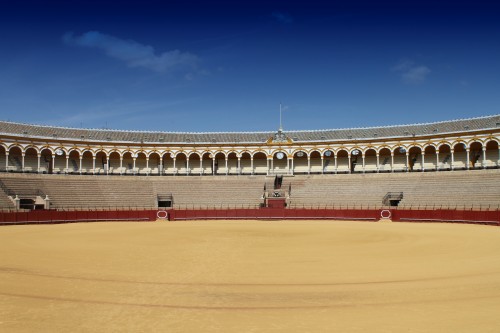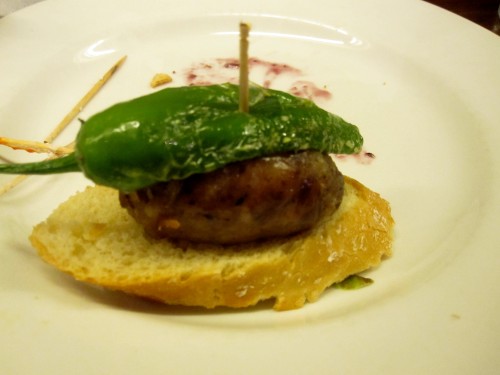Ryan and I celebrated our first wedding anniversary on October 8! I made sure he was informed that the first anniversary is traditionally the paper anniversary, so in addition to other gifts, we made sure to get each other a paper gift. His gift to me was a book on travel journaling called Writing Away, by Lavinia Spalding. I really enjoy keeping a journal while traveling, so this was a perfect gift! Since we are heading to London in about three weeks, I wanted to begin reading this book right away. We’ve read the introduction and chapters 1-4 (I read aloud when we are in the car together) and I want to share some of the information we’ve gained thus far.
Chapter 1: Let the Writing Begin
The first chapter is all about the importance of finding the right journal. To say I haven’t given much thought to this would be a lie. I’m very particular about the type of journal I want to use on my trips – medium-sized, hard cover, lined paper, pretty design/cover, thin. Before our honeymoon I found the perfect journals! They are Piddix brand, and feature different European cities on the front and back covers. The pages are lined, there’s a fabric bookmark, and it’s kept closed by an elastic band that goes around the front cover. I loved it so much that ever since then, I’ve searched for more. I’ve successfully found about 6 additional European cities. Yes! Oh, except both Ryan and I are now intrigued by what Spalding has said in the very first chapter of our book. While she doesn’t insist that you dump your journals and adopt her preferences, there’s something about blank pages that are appealing and freeing. This is one thing we may look for in our next journal (which, depending on whether or not we decide to ditch the journals I’ve already purchased, may be in 6 years). Some of her other criteria? Non-white pages, pages without designs or prompts, and a journal that lies flat.
Chapter 2: It’s the Intention That Matters
Chapter 2 focuses on motivations, and Spalding mentions that if you have a motivation to journal, you are more likely to follow through and finish the journal. This seems obvious, but just writing down the motivation will have a profound effect. My motivations – keeping an accurate account so that: when I go back and read, I can relive the experience; I can write honest and detailed reviews for hotels, restaurants, and attractions; I can provide recommendations of things to do with confidence – no clouded memories and any need-to-know information that is best obtained through experience (how long does it really take to walk from point A to point B?).
Spalding has a section at the end of each chapter called “Inspiration,” which gives tips and ideas relating to the subject discussed in the chapter. I really liked a couple of them in this chapter. One was “Fact or Fiction”: list your destinations and write down any preconceived notions you have of them. Make sure to leave room for the reality, so you can compare your expectations with your actual experience. The other was “At First Sight”: write down your first impressions of a place with a few sentences. I already try to do the latter, but I don’t always get around to writing down my preconceived notions or expectations for each destination.
Chapter 3: Write Two Pages and Call Me in the Morning
This chapter is all about keeping a journaling schedule and sticking to it. When your trip is jam-packed full of activities, it’s definitely hard to find the time to sit and journal. Spalding suggests setting an attainable goal – maybe it’s 5 minutes a day, or 15 minutes every other day. This past trip I tried to spend some time with my journal every day – either on the train between cities, or when we were back at the hotel between a full day and dinner (while drinking wine, and preferably sitting on a terrace with a view – although this wasn’t always possible). Since the schedule doesn’t necessarily need to be the same time every day, this has worked well for me. We naturally have a break/hotel time each day, so I spend some of that time catching up. The long train rides are great for journaling – no need to miss any exploring since you are already stuck on the train.
Spalding states that “procrastination is murder on a travel journal” and I agree! It is so easy to procrastinate, but then the adventures and experiences keep piling up, and pretty soon you find yourself way behind. I have been getting better and better about keeping up with my journaling, but here I am a month and a half back from Spain and I still have two and a half days to write about. By now I’ve lost a lot of the details (but I do keep quick notes in a smaller notebook – for example, where and what we ate) and will likely rush through those last days.
Chapter 4: Travel is Stranger Than Fiction
In this chapter, Spalding encourages you to write using senses other than just sight. Thinking about my journals, sight takes up the vast majority, with taste and then smell taking up a very small portion (but only when writing about food). She recommends closing your eyes to take in the sounds and smells of a place, or touch different things and describe how they feel. I’m definitely going to focus on this more in London. I think it will bring an interesting element to my journal, and will help me relive the great experiences. I already have pictures to help remember what things look like, so it makes complete sense to me to work on including smells, tastes, sounds, and the feel of buildings or objects.
The other part of this chapter discusses people: talk and interact with people or eavesdrop on conversations to pick up interesting information. I already eavesdrop because I find it interesting to learn about other people and it gives me an excuse to learn without having to talk to strangers! That being said, in a few weeks we will be in London where English is spoken, so my goal will be to try to connect with the locals a bit more!
Since I still have space in my current journal, I won’t be out looking for a new one for London. However, I will more clearly define my intentions, which will hopefully help motivate me to stay on top of the journaling and schedule time to sit and journal each day. Since we won’t have as much train time in London, I’ll have to be a bit more creative. I will also make a conscious effort to write about more than what I see – smells of the city, the taste of the food, the feel of the rain and cold weather (I hope it’s not too bad!), and the sounds of the people. I’m looking forward to finishing this book so we can apply the advice to make our journaling better (and maybe even our blog!).




